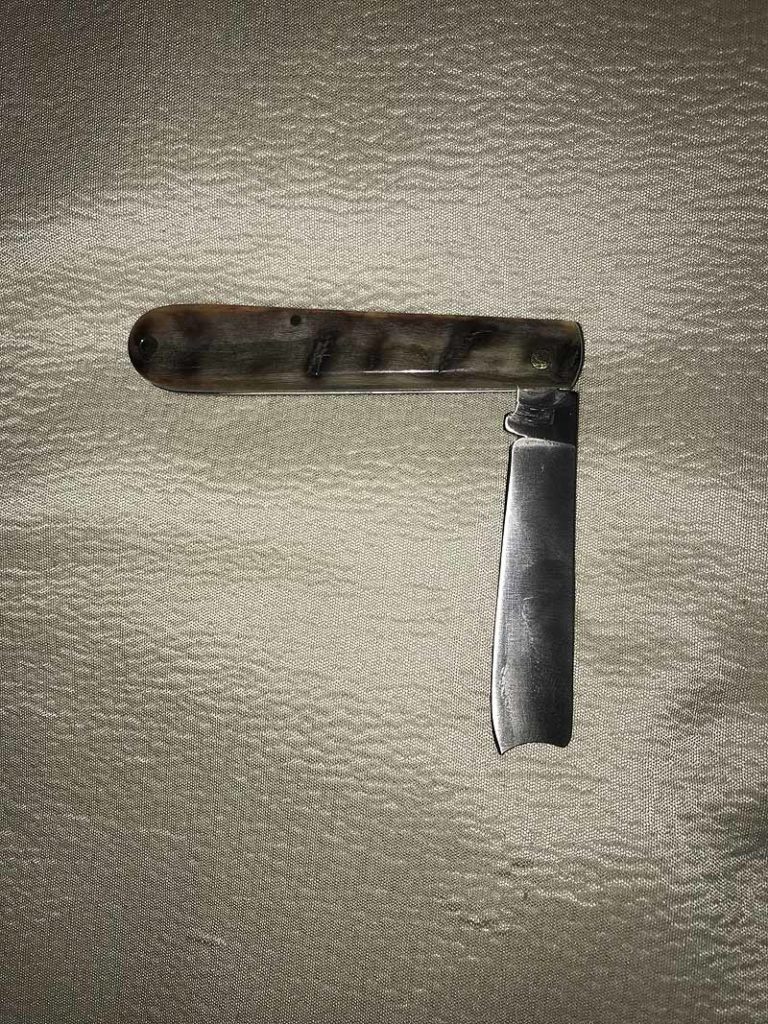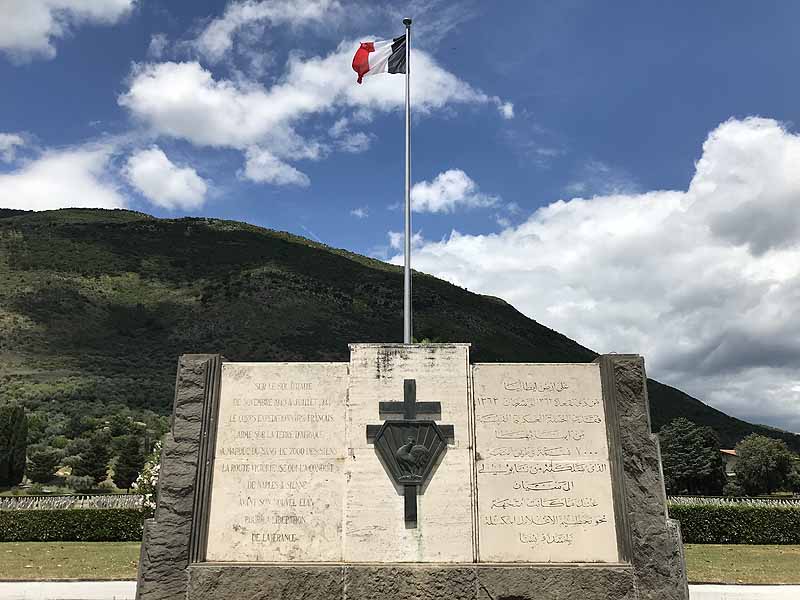21 Jun,2018 By Jagabond
Molise has really attractive neighbors. The kind where you wouldn’t blame Molise for being lush green with envy. Looking for a wine holiday? Visit Avellino or Tuscany. Interested in history? Rome is the obvious choice, with Pompeii and Herculaneum also in the conversation. For coastal beauty look no further than Sorrento and Amalfi.
Where does that leave Molise? Think of a block full of houses on a December night adorned with holiday lights, then one dark one. Maybe the unlit house doesn’t celebrate Christmas, or maybe the owners are just too busy to decorate. Whatever the reason this one house stands out, though don’t assume the people inside aren’t worth visiting.
Tourists visit Molise less than any other region in Italy, possibly due to its young age. It was born from a split with Abruzzo less than fifty years ago. The region consists of two provinces, each with their own capitals Campobasso and Isernia. Molise has much open space and few inhabitants, and even the capital cities exude a quiet, laid back vibe. You won’t find any large freeways, as travel is mostly via country roads.
So why would you road trip through Molise? Why did I? My curiosity led to discovery, and I now share some highlights of this unspoiled and rugged land.
No one will mistake the Roman ruins in Molise for those in other parts of Italy. However, the ruins at Saepinum are worth checking out. Located just outside the town of Sepino, the buildings include a theatre, two temples and a basilica. I think the cat is a recent addition.
Saepinum wasn’t originally Roman, but Samnite. The Samnites for centuries fought against the Romans, winning some key battles. A Roman emperor eventually had enough and authorized an ethnic cleansing campaign, wiping out most of them. Molise has Samnite ruins scattered about, like the ancient rubble outside the village of Pietrabbondante.
The Fontana Fraterna isn’t as old, but sits in the main square of Isernia and certainly looks the part. Heavily based on Roman architecture, it now acts as a hangout spot for many youths in the region.
Does Scotland have a monopoly on these? Don’t tell Scapoli. The history of piping is strong here. They craft the pipes, or zampogne, by hand with the bags made from animal hides. Check out the museum to learn the full story.
The ones here you really have to search for. They reside in towns off the beaten track, and cameras typically require a zoom lens for a good shot. You can, however, get a front row seat to the one in Venafro.
The castle in Pescolancio is nice enough, but what is it about the grazing horse that makes the picture that much better?
Church bells to be precise. Agnone is home to the oldest church bell foundry in the world still owned by the original family – the Marinellis. Astoundingly the manufacturing process hasn’t changed much over the centuries. If you’re looking for a place to spend the night, the family owns Locanda La Campana, a wonderful hotel in the town center.
Molise holds secrets to the story of man. In the late 1970s archaeologists discovered something historic in Isernia…or should I say pre-historic? They found evidence of man dating back more than half a million years, including a child’s tooth which is the oldest human fossil in Italy. A museum near Isernia houses part of the excavation site which was filled with animal remains and other signs of hunting habits back then.
You won’t find plastic swords or gladiator helmets here. Shopping options reflect the region’s focus on the outdoors and nature. If you’re nearby Capracotta, look to buy one of these hand-made walking sticks.
Agnone gained much wealth from their copper industry, particularly in the Middle Ages. Visit the Museum la Rame and learn why coppersmithing isn’t the easiest job. There was a copper door that looked like it belonged in a posh mansion, and a washing machine from the early twentieth century. Looking for a shiny new copper mug? They have those here and a vast array of other copper souvenirs. The owner and his wife lead a great tour that I highly recommend.
Knife collectors would marvel at the little town of Frosolone, where the crafting of blades is big business. The cutlery of Rocco Petrunti has an amazing collection ranging in uses from slicing vegetables to self-defense. I couldn’t resist buying the unique short blade model with ram-horn handle, honoring a time in the early 20th century when Italy regulated the length of knives.

The cuisine in Molise looks different from its neighbors. The Campania region has little variation between restaurants. I toggle between pasta with mussels, sliced beef and ordinary spaghetti with tomatoes. Here I found many dishes focused around potatoes and beans. Molise also extends beyond the typical beef and pork found around Naples. The lamb at La Lanterna in Venafro was the best I’ve had in Italy.
In search of something more exotic? Check out the German restaurant Holzhaus in Isernia.
You can drive for hours in Molise admiring the countryside. Gaze at a colorful mountain near Scapoli, enjoy some lake placidity at Castel San Vicenzo, and soak in the views from the multitude of hilltop towns.
Looking for a spiritual journey? Molise is home to both an abbey and a sanctuary. The Abbey of San Vincenzo al Volturno dates back to the 8th century. Like most important buildings in this region of Italy it sustained damage from wars and earthquakes over the years. Today this Benedictine monastery is a quiet escape. No one was there, and I walked through the building undisturbed.
The Sanctuary of Madonna Addolorata towers majestically in the town of Castelpetroso with a beautiful backdrop of the mountains. Named after the patron saint of Molise, it was built after an apparition was seen in the late 19th century.
It wouldn’t be country living without this. Staffoli Horses near Vastrogirardi offers riding options for both children and adults. The young horse shown below had his eyes on me very suspiciously!
You need to stumble upon these, as they are barely advertised. I caught the festival for San Nicola in Macchiagodena. A band played and marched throughout the town, as locals carried a replica of the famous saint.
Why is a French flag flying in Italy? During World War II a contingent of French soldiers, mostly Algerian and Moroccan, valiantly fought in Molise. This battle – referred to as the Winter Line – represented one of Germany’s last stands in Italy. The brave casualties fill the ground at the French cemetery just outside Venafro. For more information on the Winter Line, visit the Molise military museums which I review in a separate blog entry.

Molise never gained fame for its wine like nearby Avellino, but that doesn’t stop locals from trying. Hidden vineyards planted along lonely country roads are a common sight.

I can’t promise that all bottles of Limoncello are this big in Molise, but why not take a chance and find out!
Molise is a little over an hour drive from downtown Naples. Check your tire pressure before coming here, as the roads are iffy. If you got a flat, I’m not sure your phone would get a signal. There are few convenient train or bus options, so driving is a must.